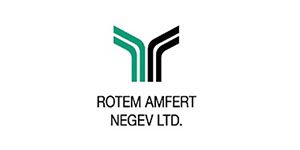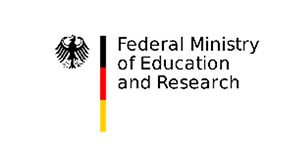Abstract
Flood hydrographs from ephemeral streams in arid areas provide valuable information for assessing run‐off and groundwater recharge. However, such data are often scarce or incomplete, especially in hyper‐arid regions. The hypothesis of this study was that it is possible to reconstruct a hydrograph of a specific point along an ephemeral stream with the knowledge of only the peak flow rate of a flood event at that point and that this can be done at almost every point along the stream. The feasibility of this approach lies in the shape of the recession stage of the flood hydrograph, which is known to be a repeating phenomenon. The recession stage comes immediately after the peak flow rate, when it begins its decline, and lasts until the flood is extinguished. A general shape of the flood recession stage can be provided. Because the recession stage represents ~80% of the duration of a flood event, it can provide a general idea of the flood hydrograph’s shape. A simple model based on geometric progression is suggested to describe the repeating recession stage of a flood. The advantage of the proposed model is that it requires only one parameter: the recession characteristic at a fixed point along the ephemeral stream, termed recession coefficient q. By knowing the recession coefficient of a fixed point and the peak flow rate of a flood event at that point, one can plot the flood hydrograph. A good agreement is shown between the observed and computed values of the recession stage.

































